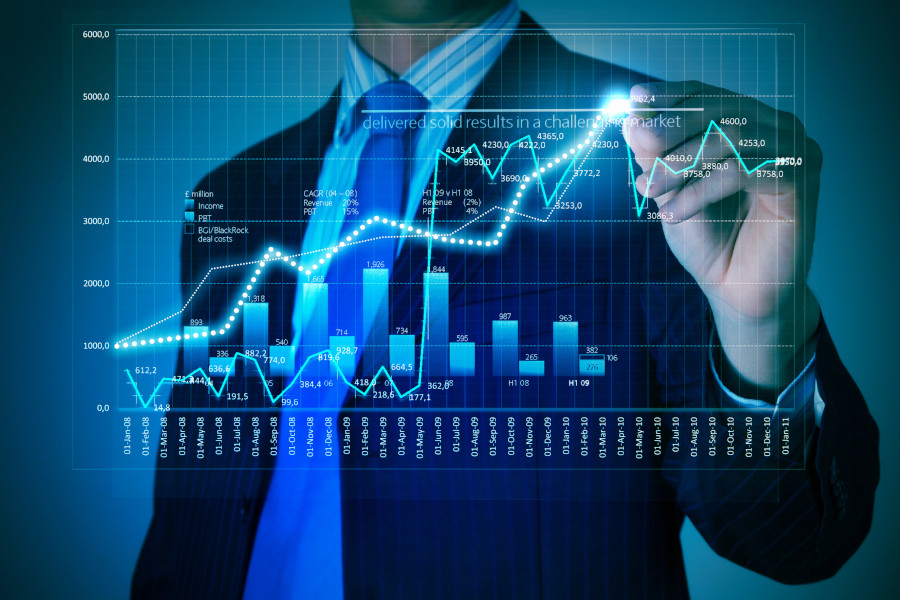
by Robert Fronjian | Jul 15, 2019 | Automated Trading
Backtesting applies trading rules to historical market data to determine the viability of the idea. When designing a system for automated trading, all rules need to be absolute, with no room for interpretation. The computer cannot make guesses and it has to be told...

by Robert Fronjian | Jul 15, 2019 | Automated Trading
Because trade rules are established and trade execution is performed automatically, discipline is preserved even in volatile markets. Discipline is often lost due to emotional factors such as fear of taking a loss, or the desire to eke out a little more profit from a...

by Robert Fronjian | Jul 15, 2019 | Automated Trading
Automated trading systems minimize emotions throughout the trading process. By keeping emotions in check, traders typically have an easier time sticking to the plan. Since trade orders are executed automatically once the trade rules have been met, traders will not be...

by Robert Fronjian | Jul 15, 2019 | Automated Trading
One of the biggest challenges in developing a system is to plan the trade and trade the plan. Even if a systems plan has the potential to be profitable, traders who ignore the rules are altering any expectancy the system would have had. There is no such thing as a...

by Robert Fronjian | Jul 15, 2019 | Automated Trading
Since computers respond immediately to changing market conditions, automated systems are able to generate orders as soon as trade criteria are met. Getting in or out of a trade a few seconds earlier can make a big difference in the trade’s outcome. As soon as a...

by Robert Fronjian | Jul 15, 2019 | Automated Trading
Though not specific to automated trading systems, traders who employ backtesting techniques can create systems that look great on paper and perform terribly in a live market. Over-optimization refers to excessive curve-fitting that produces a trading plan unreliable...

